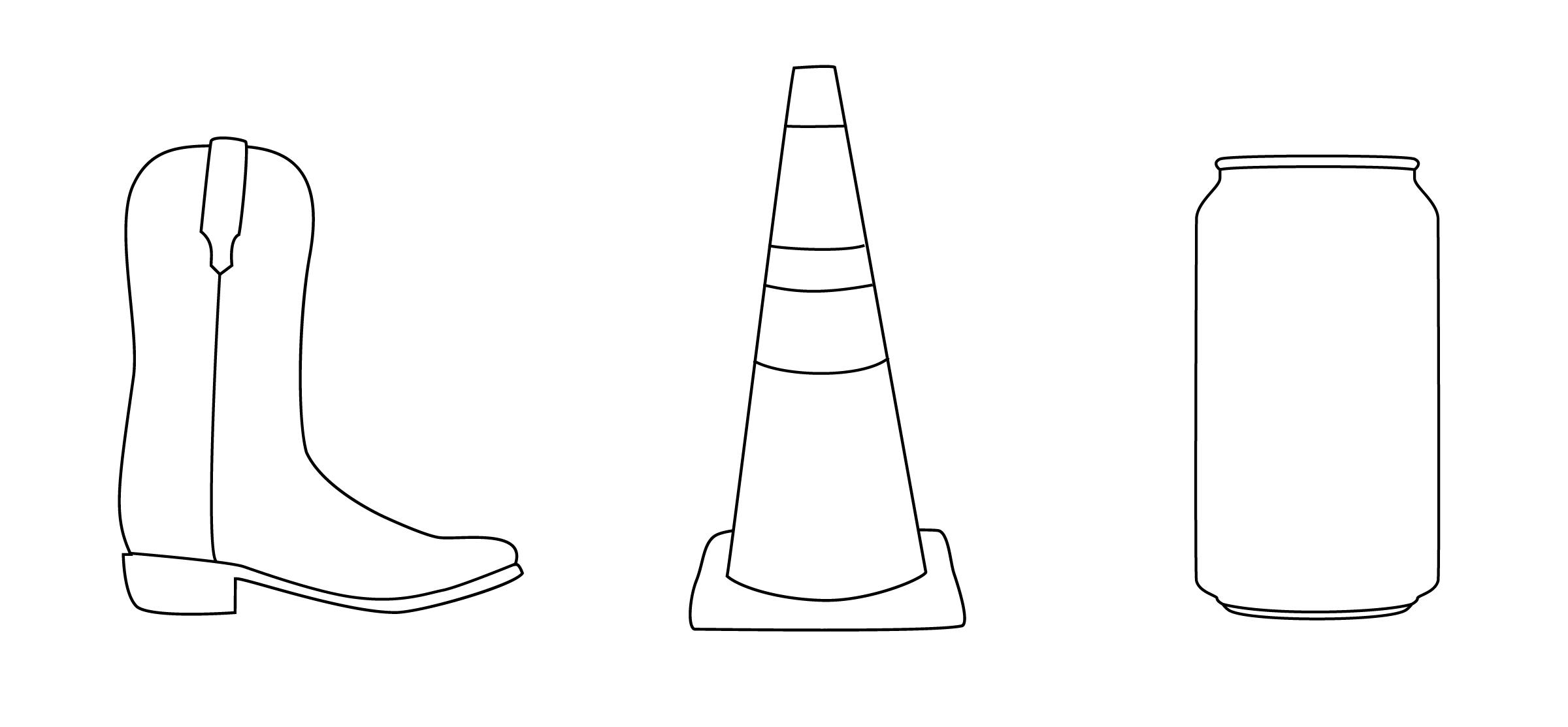
1 minute read
Color Theory
Color Theory is color viewed through the lens of both science and art, used to construct combinations of color (called color palettes), that look good together, or have color harmony. Not only that, color theory can help artists connect with audiences by understanding how color combinations can invoke feeling and emotion into their work. Three variables by which a color is defined:
Hue
Advertisement
the color family (green, blue, red, etc)
Saturation
the intensity of the color, dull vs intense
Value
The lightness/whiteness or darkness/blackness of a color
Primary, Secondary & Tertiary
Primary colors, also called source colors, cannot be made up of any other color: Red, Blue, Yellow
Secondary Colors are made from combining the primary colors: Red + Yellow = Orange, Yellow + Blue = Green, Blue + Red = Violet
Tertiary Colors are the combination of Primary and Secondary colors, found in between their maker colors on the color wheel.
Color Wheel Primary Color Families: Warm vs Cool
In general colors can be split into Warm or Cool colors, Warm consisting of Yellows, Reds, and Oranges, and Cool colors consisting of Blues, Greens, and Purples.
Warm colors tend to feel energetic, happy, and stimulating; Cool colors conversely feel calm, relaxing, and soothing. Warm colors are said to advance to our eye, or come forward and highlight areas more, whereas cool colors tend to recede and fall back. Imagine how this can be used to focus the viewer’s eye to specific areas of a painting or work of art!






